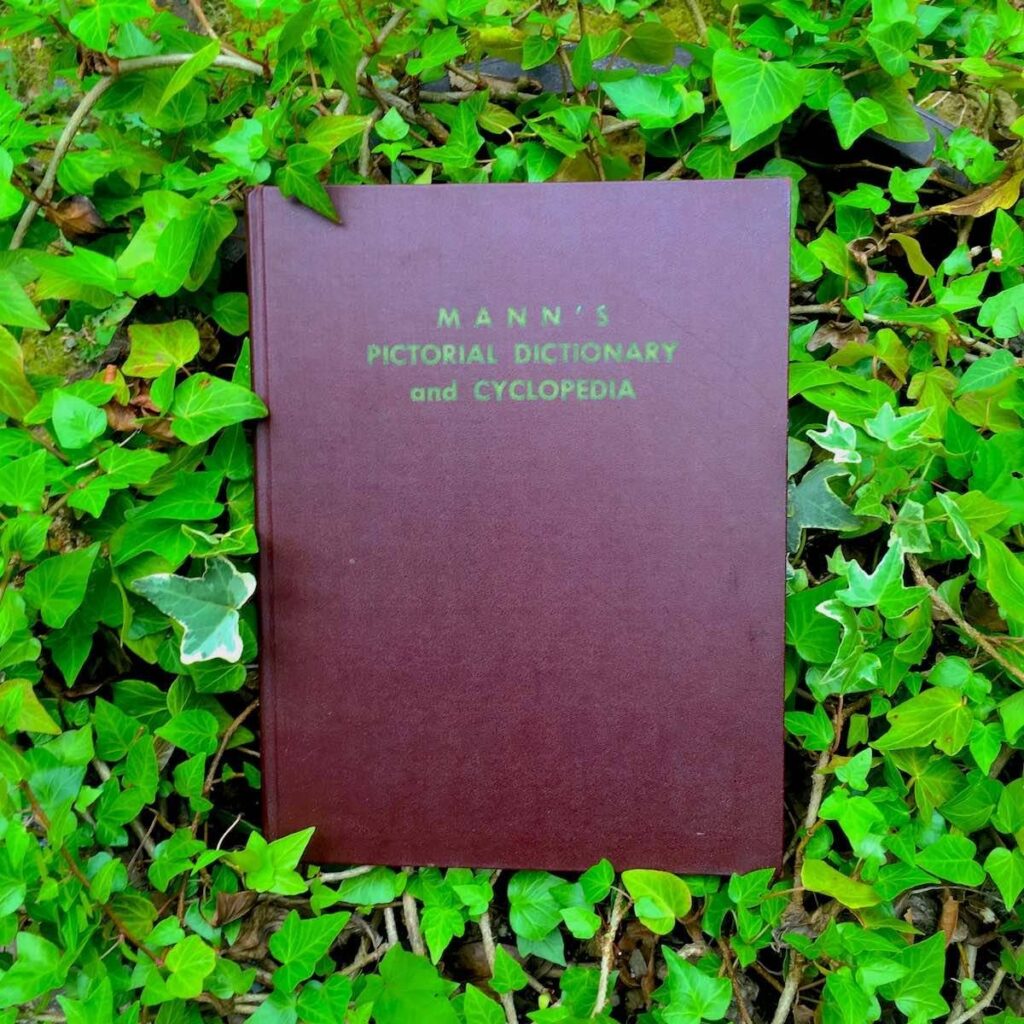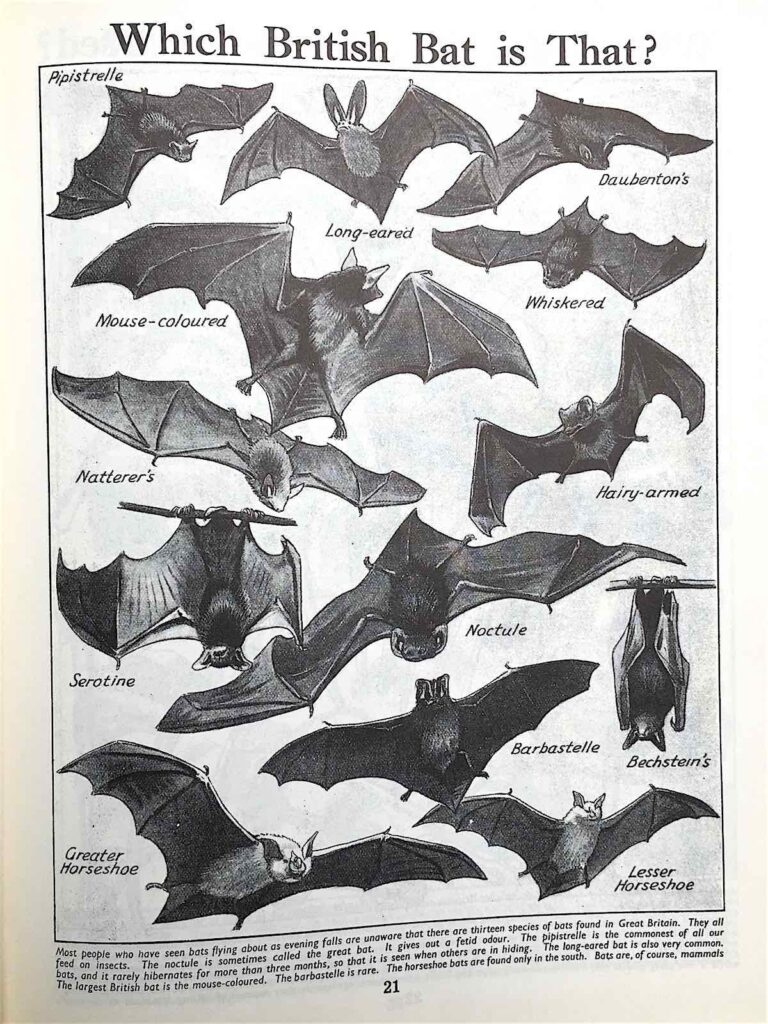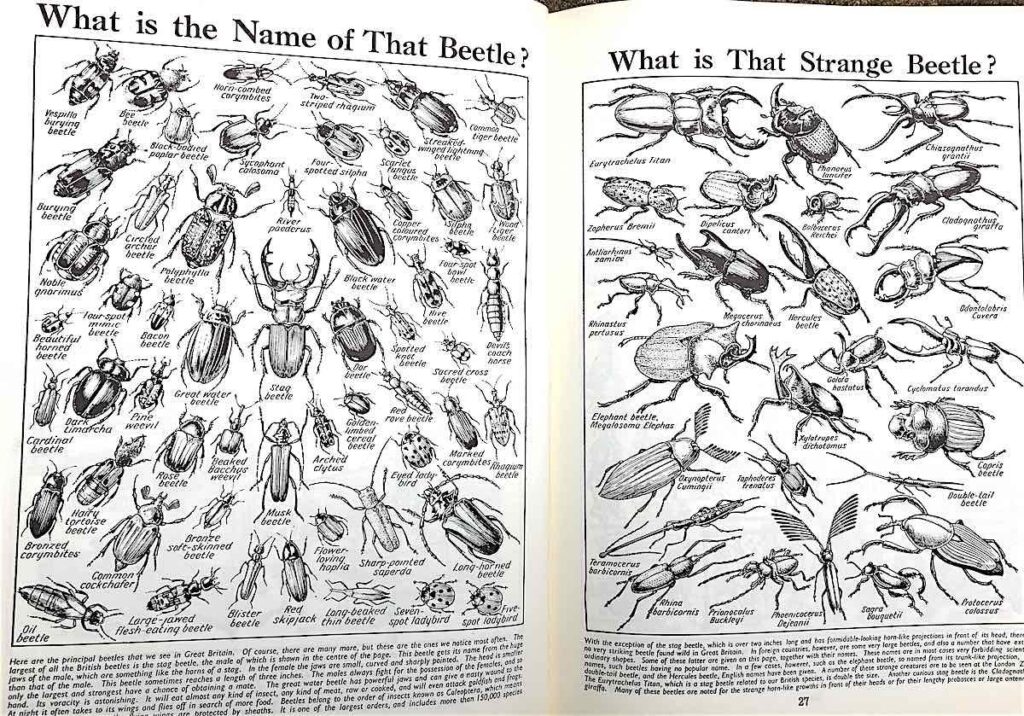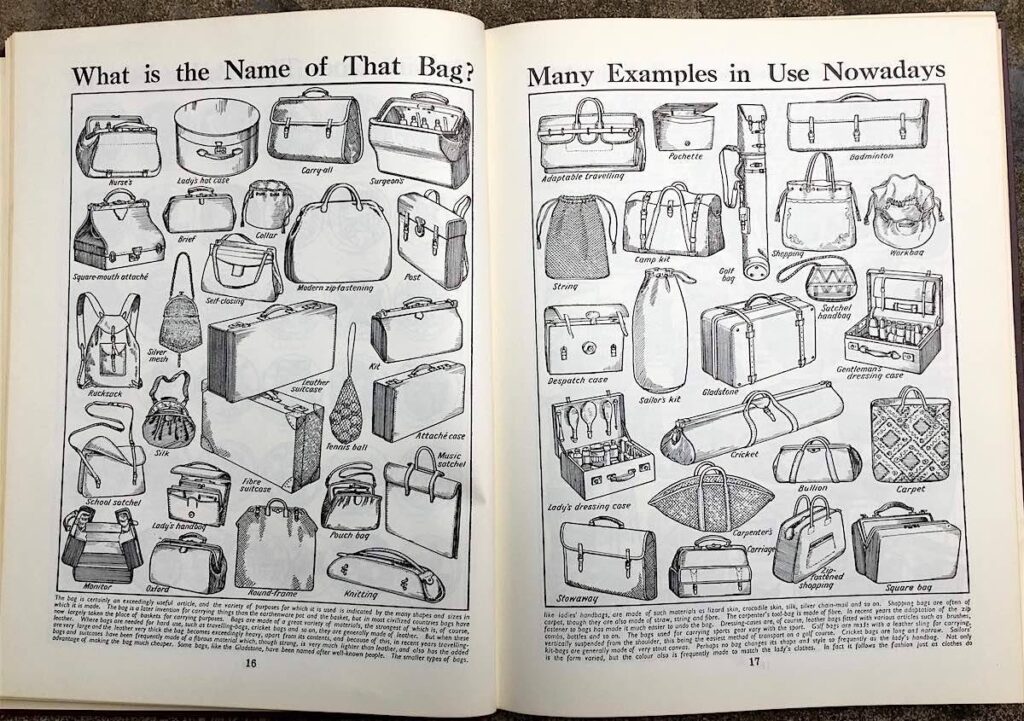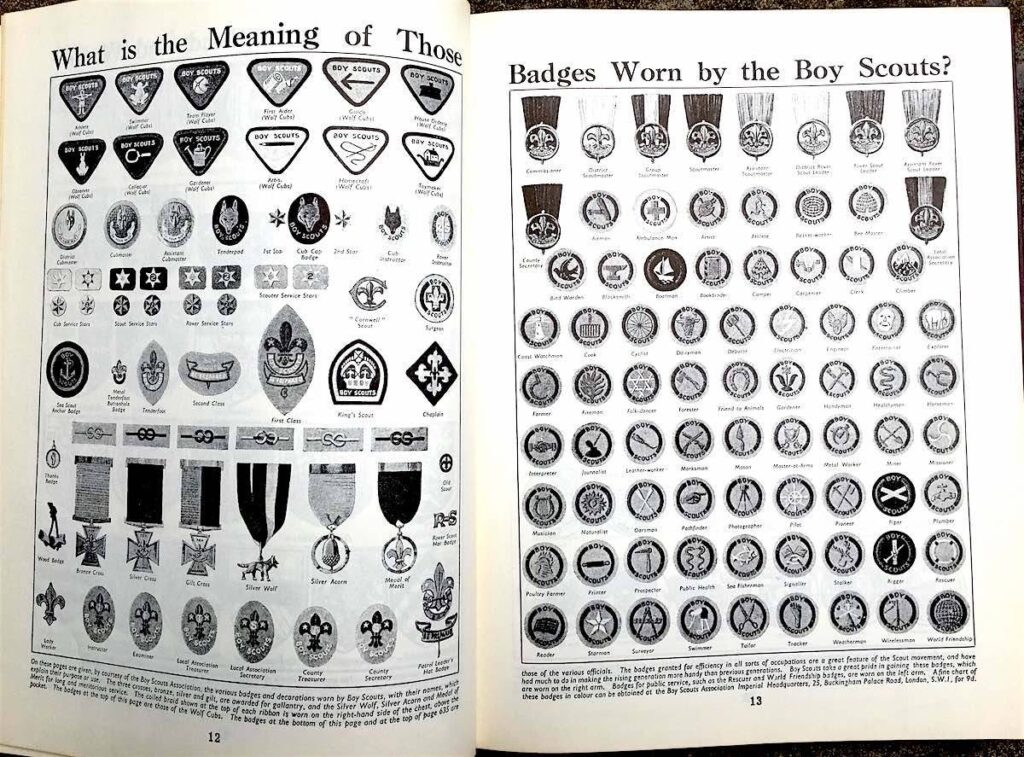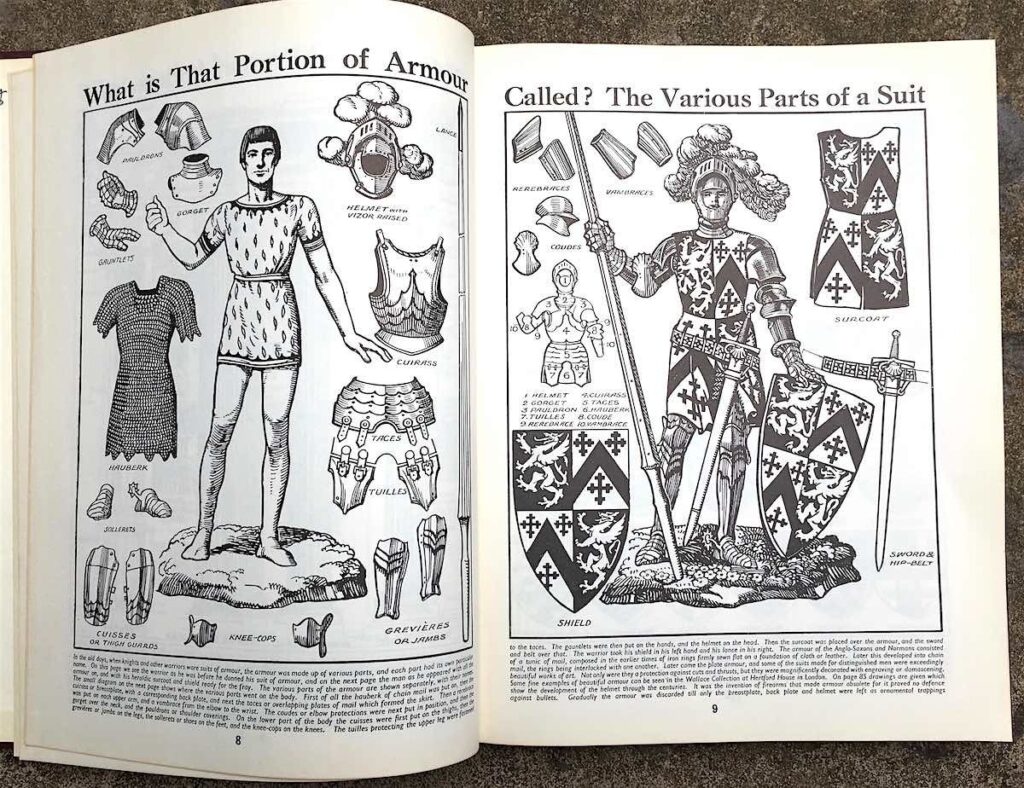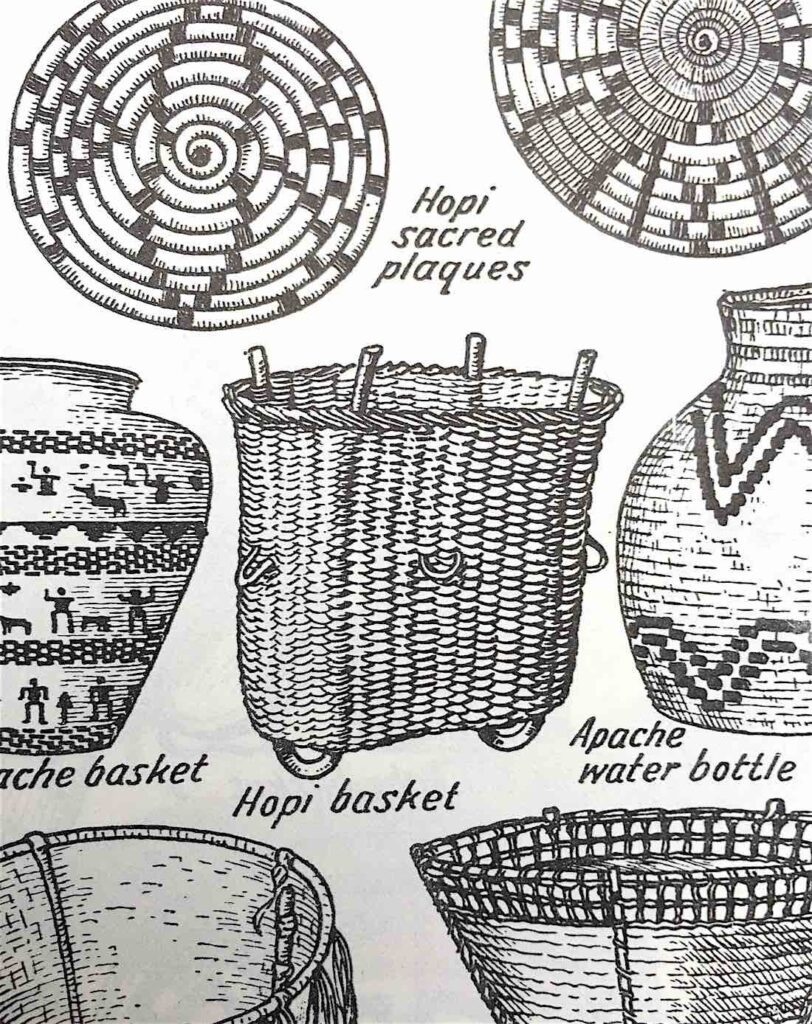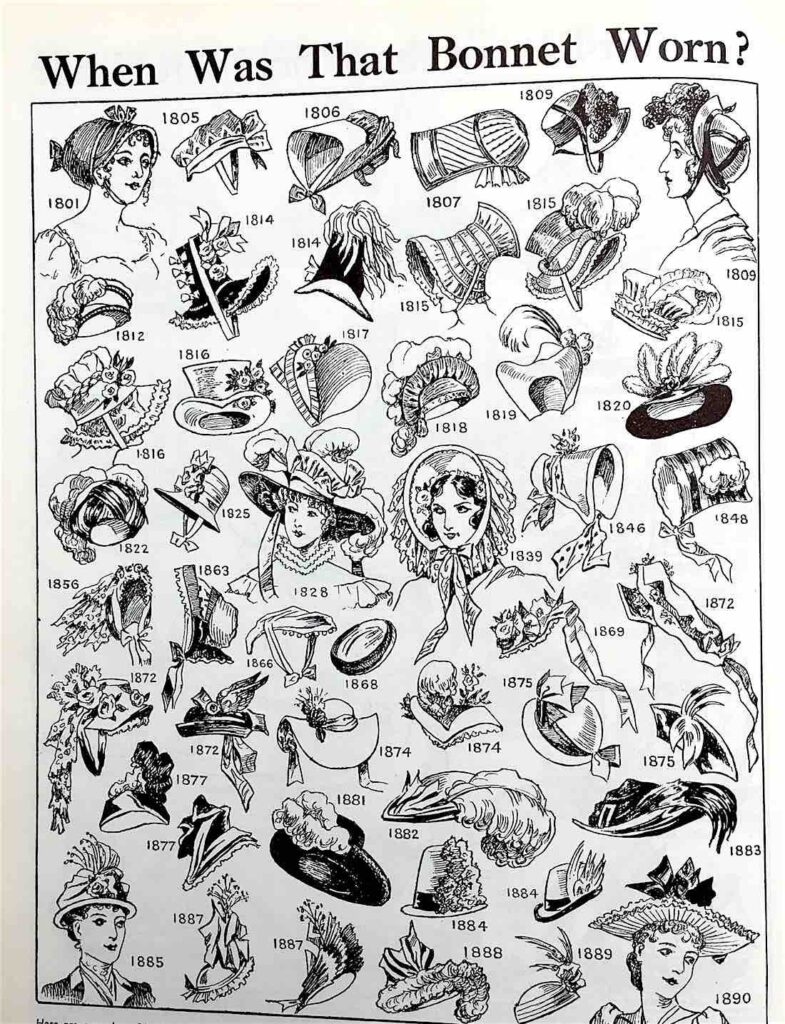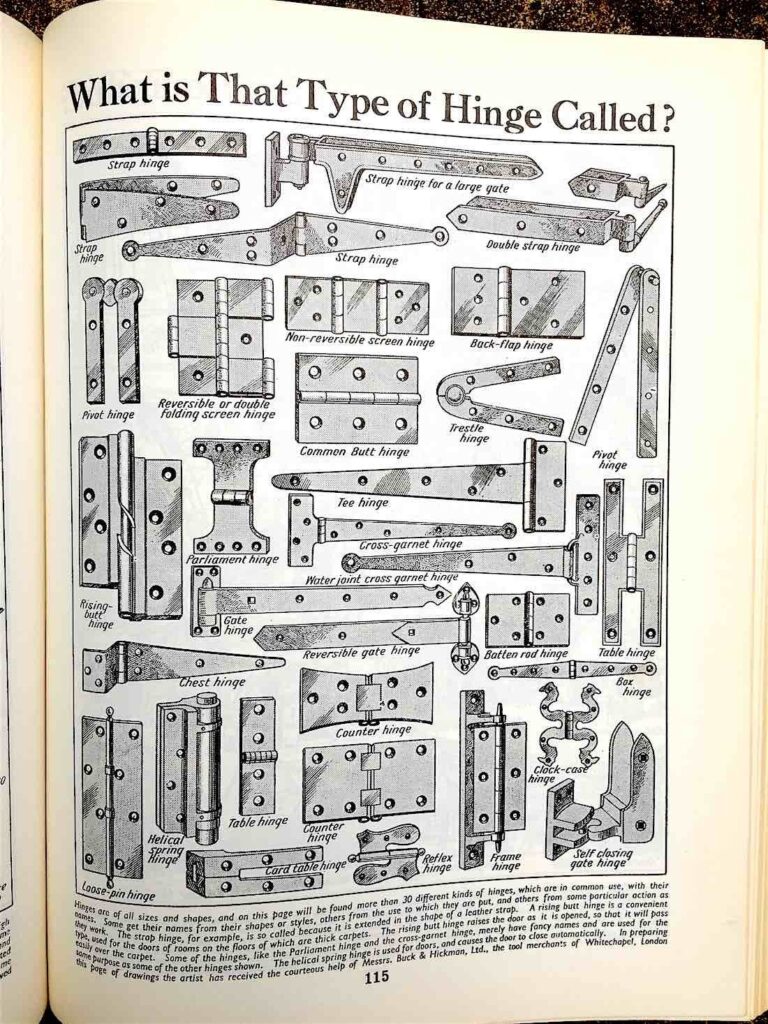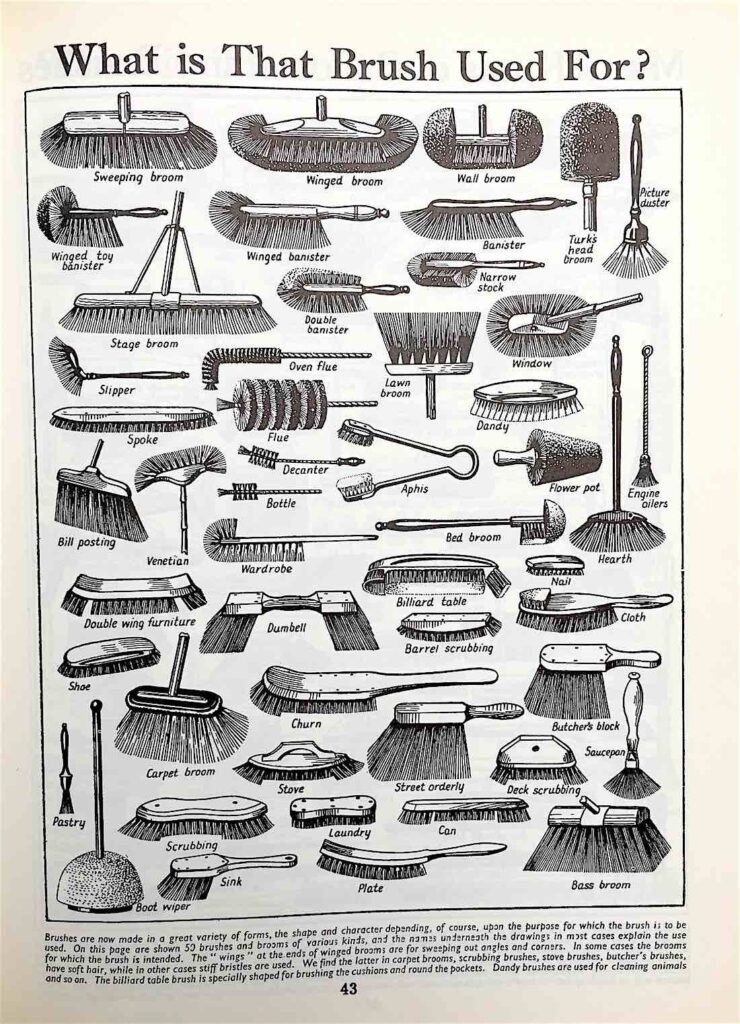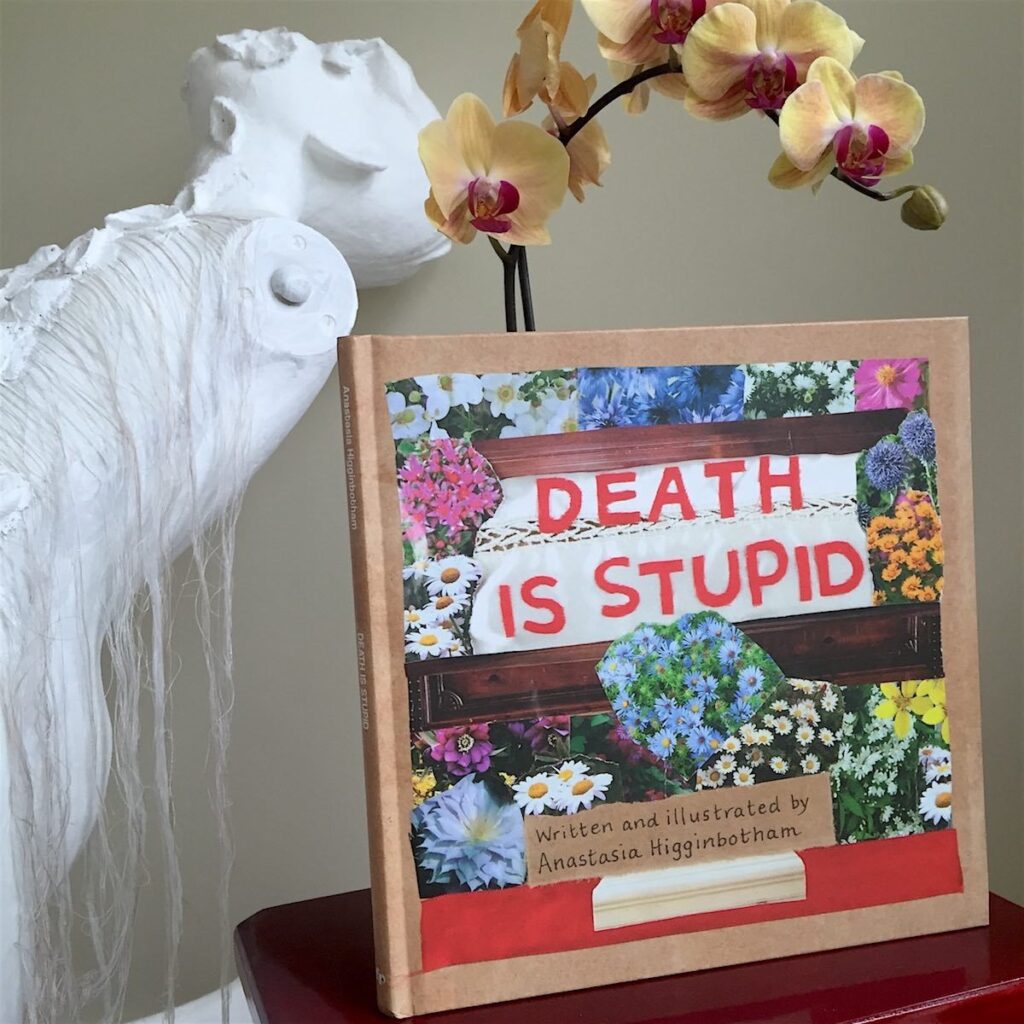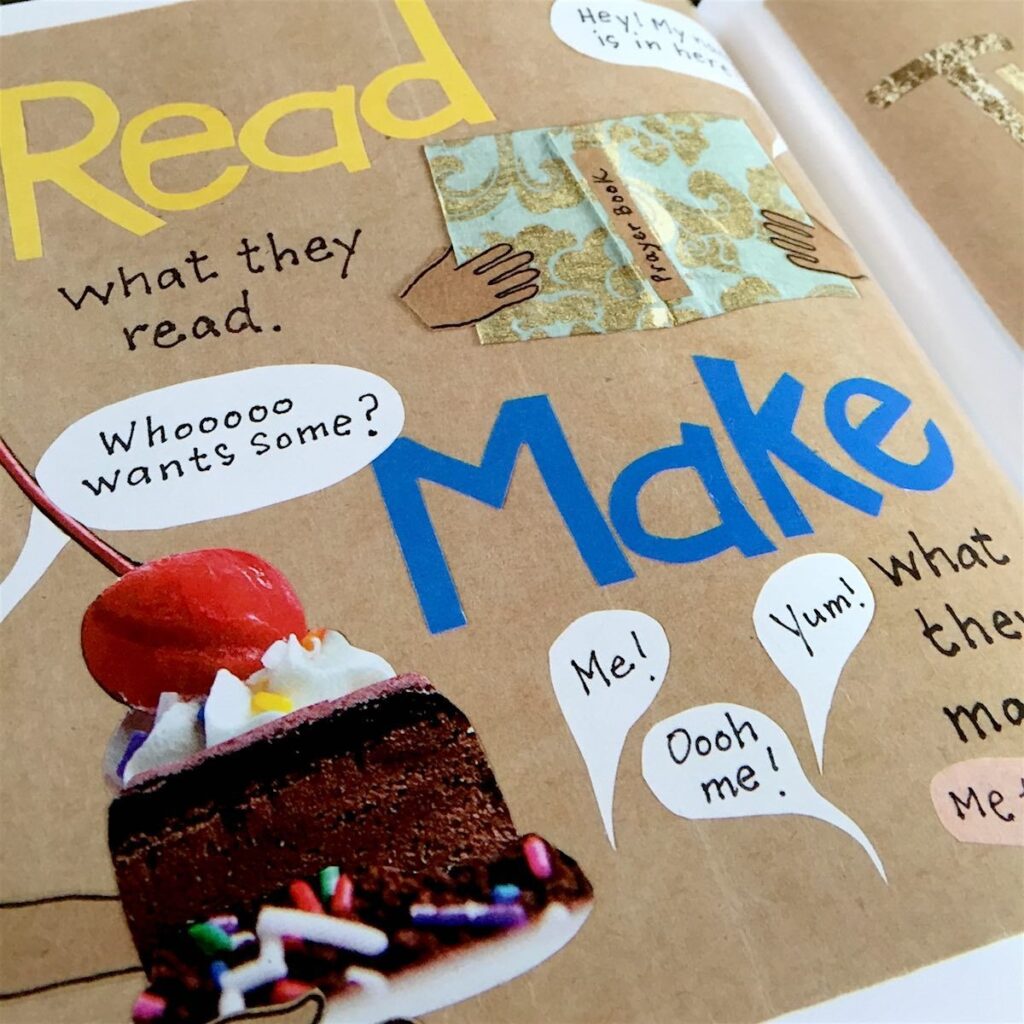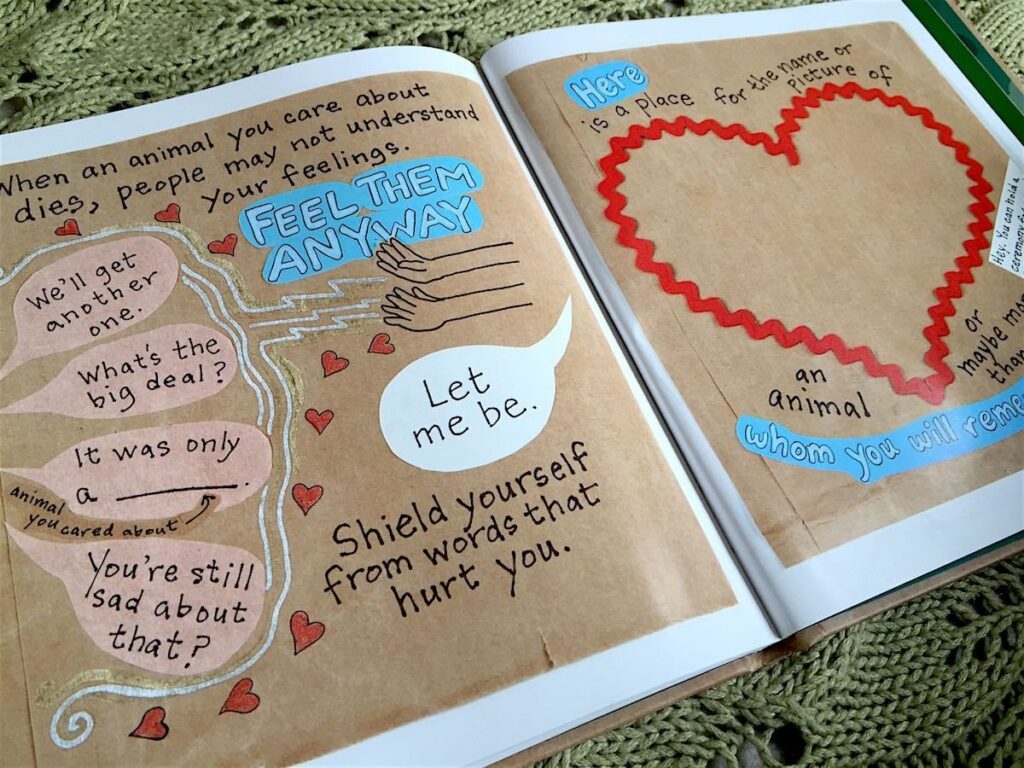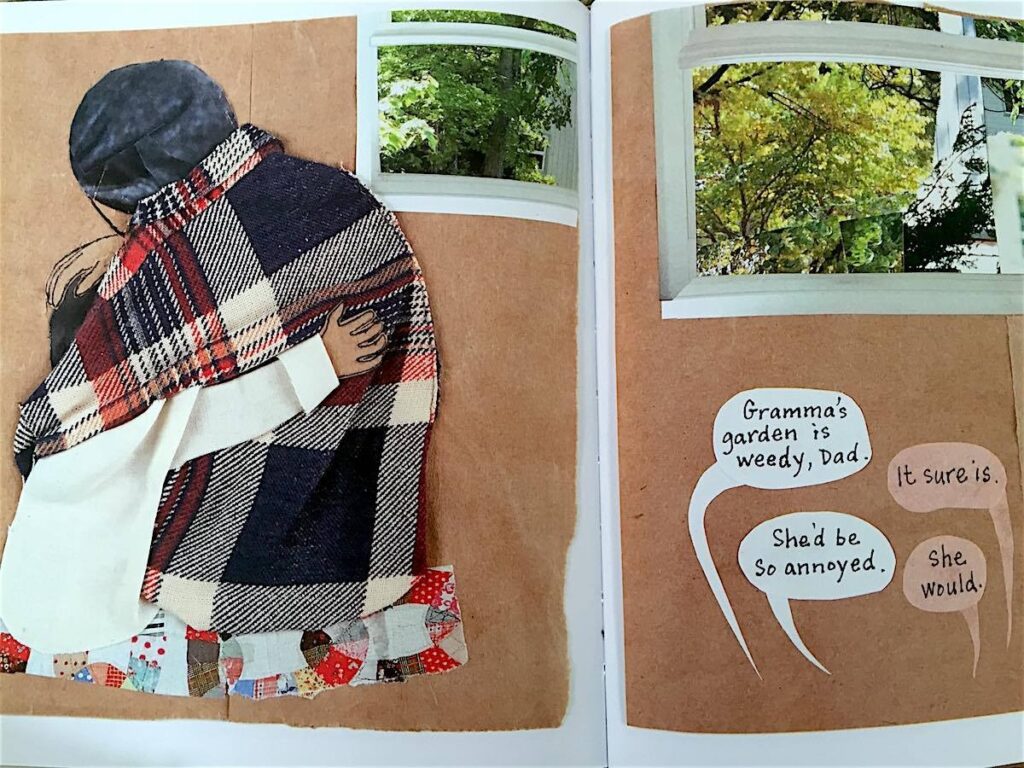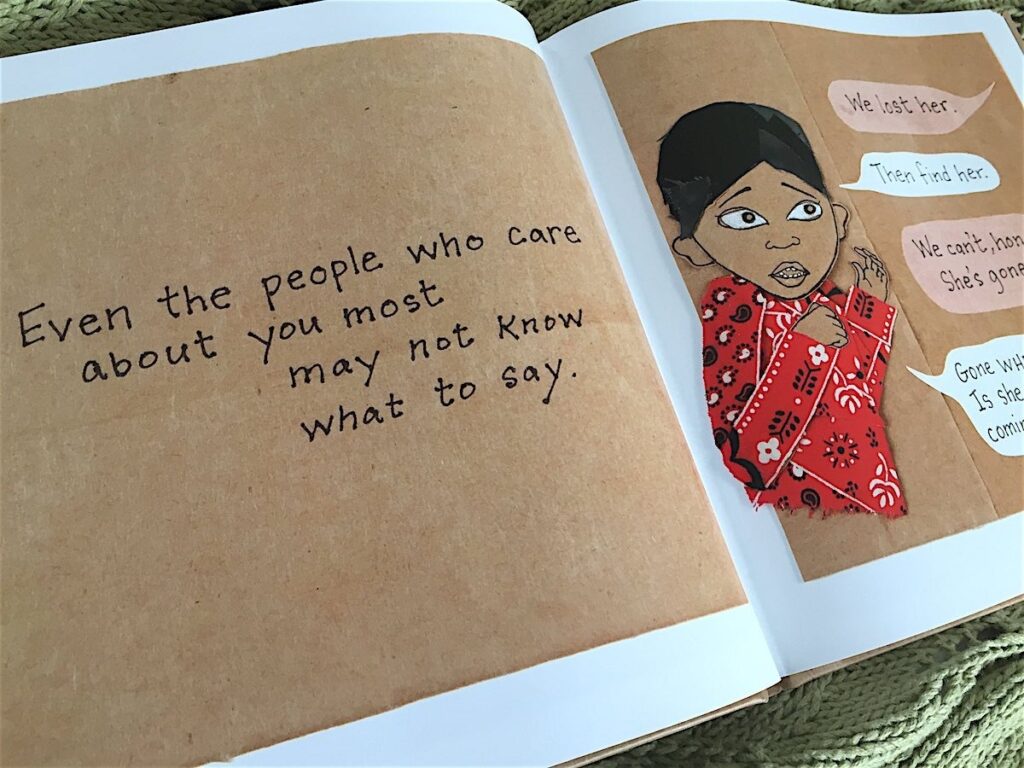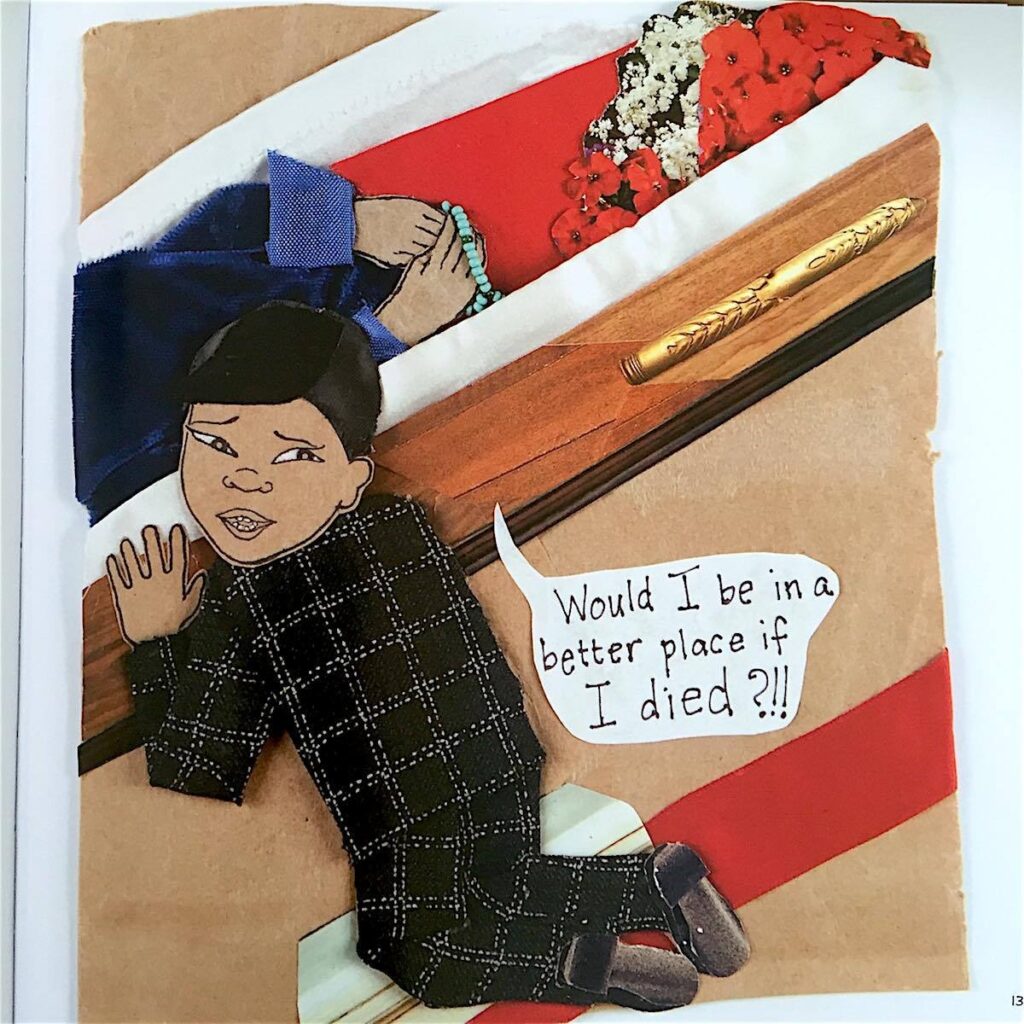3D Printable Hot Wire Foam Cutting Table
Gareth's Tips, Tools, and Shop Tales - Issue #72
3D Printable Hot Wire Foam Cutting Table
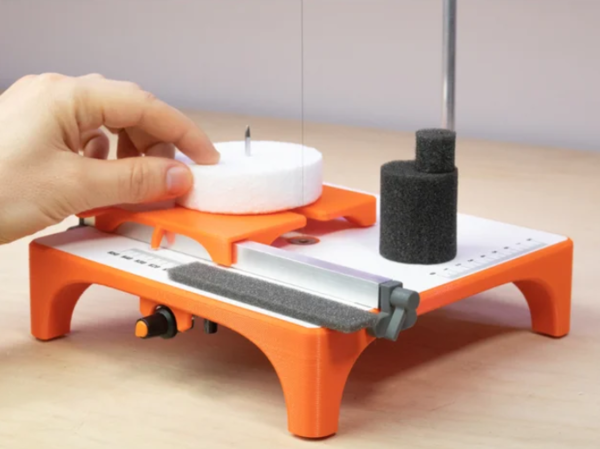
A tablesaw for foam stock.
I have long thought about building my own foam cutting table (for use in scenery building in my hobby gaming). Here’s a 3D printed table that might finally motivate me to get-‘er-done. And here’s a video about putting it all together. [Via Maker Update]
Free Mesh Editing Tools for 3D Printing
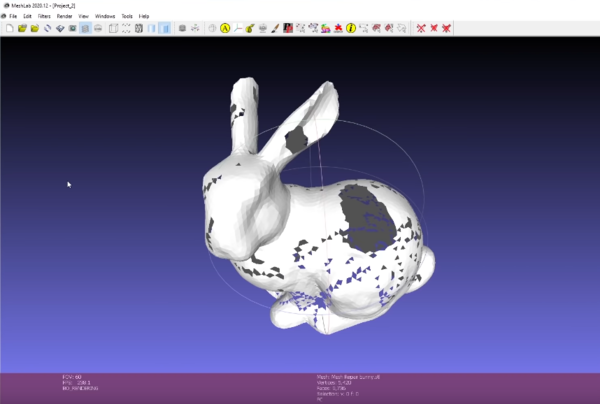
No one wants a toy bunny with a gaping hole in its haunches.
Making a Shop Dryer Oven
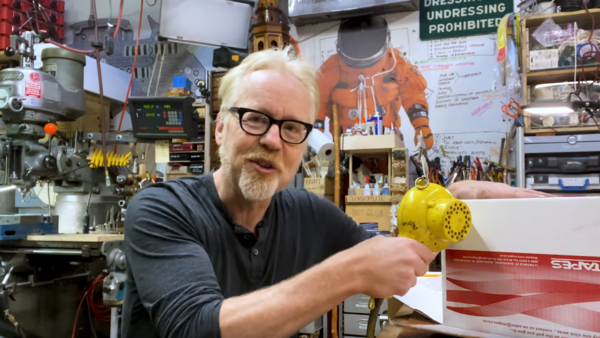
Turning up the heat in the shop.
In this video, Adam Savage extols the virtues of a blow dryer as a useful shop tool. Whether you use a salon-type dryer or an industrial heat gun, having deliverable heat in the shop can be a game-changer. Adam, whose tool-tastes run on the expensive side, recommends this dryer that’s $50, but you can get one that’s just as good at half that price.
Sanding a Box with a Board
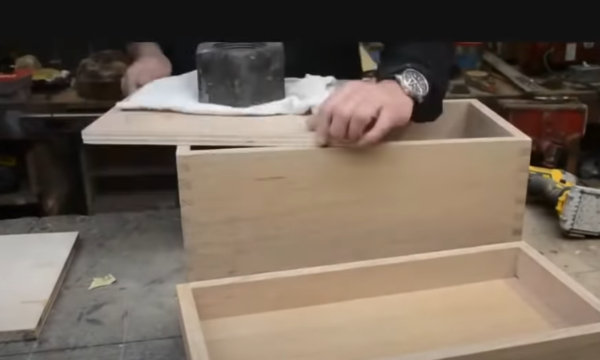
A boy and his shop weights.
Last week, I posted a tip from a recent online interview that Jimmy DiResta did with Adam Price. Here’s another tip that Jimmy shared (at 29:15). Even when you make a solid enclosed box and cut the top off on a tablesaw, you still may not have a perfectly matched cut. To sand both the box and the lid, Jimmy spray-glues sandpaper to a flat piece of wood and then uses that, with one of his beloved shop weight on top, to do a sanding of both the lid and the the top edge of the box. You can also glue a large piece of sandpaper to your benchtop for the same effect.
Please Sit Around Your Potbelly Stove and Tell Me a Story
I’ve been putting the word out to my maker friends and newsletter readers that I’m looking for stories to tell in Volume 2 of Tips and Tales from the Workshop. It’s funny. The thing that attracts me most to tools and shops tips is the stories they often come wrapped in. That’s what motivated the first book: the shop tales part. But when I ask people to tell me a story (a success, a failure, a funny anecdote, something they learned from a parent, mentor, or fellow maker), they frequently go blank. But then when I overhear two makers talking, they’re a world o’ stories. When I lived on a Virginia farm decades ago, I used to go to the feed and supply store in town. In the fall and winter, they ran a potbelly stove in the corner of the warehouse. As you shopped, you could overhear the old timers, in their worn overalls and flannel shirts, gathered around it, trading tales (some short, many tall) about their farming exploits over the years. I bet if I had walked up to them with a tape recorder and asked them to tell me a tale, they’d all have gone silent. So, I’m asking you, dear reader, to pull up a stool around the proverbial potbelly stove here at Gareth’s Tips, Tools, and Shop Tales and tell me a story. I’m certain you have dozens. Just make pretend I’m not listening. Send me an email with your story (or talk into your phone recorder and attach that). If I use your tale, I will send you a free copy of the book when it comes out.
Family Handyman Celebrates 70 Years of DIY
I’ve subscribed to Family Handyman for years. I mainly mine it for tips and new tool ideas, but there are often worthwhile home maintenance, repair, and building projects in it. And it’s a great deal at $7.50/year (when you sub for 2 years). The latest issue (Winter 2021) celebrates the 70th year of the magazine! Lots of fun material in here on the history of DIY, then/now comparisons, and excerpts of some of the tips they’ve run over the decades that are still relevant and useful today. Here are a few.
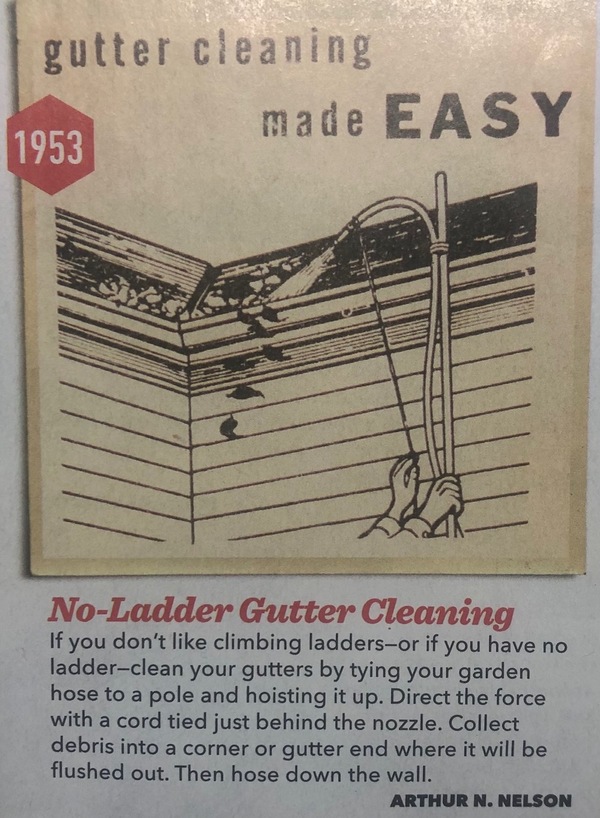
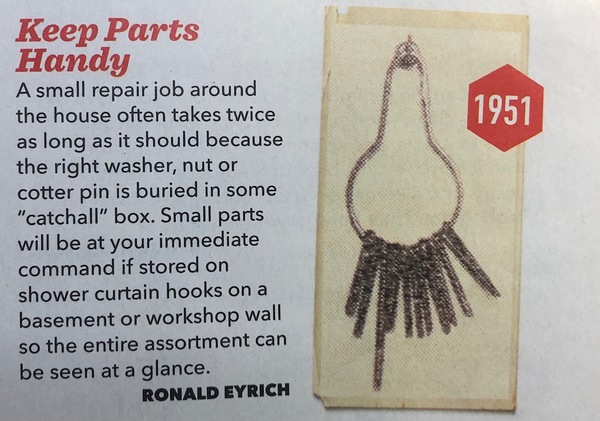
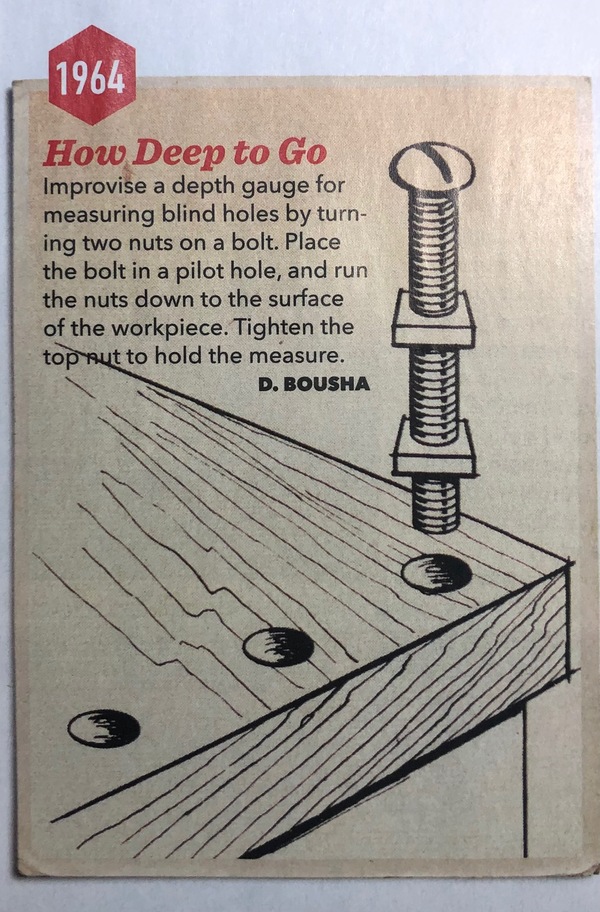
Shop Talk
Reader Tyler S had some excellent feedback about the “Maker’s Muse” image that I ran last week showing a set of stairs made entirely out of wooden pallets:
I felt compelled to reach out to you about the pallet stairs that you included in your newsletter today. I’m in the Bay Area, and while the picture you included really does it for me, I feel that there should also be a word of warning to temper the inspiration anyone might feel. I’m not sure if you remember the Ghostship warehouse fire that happened in Oakland a number of years ago, but from what I recall, one of the primary causes of death was a flimsy, flammable staircase made of pallets. There was obviously a lot of other things at play, that building codes and such would address, but when the fire started and there wasn’t another way out; people lost their lives. Anyways, forgive my ramble, and have a good weekend!
I indeed remember this fire. I had friends who lost friends in it. And yes, lots of pallet (and other makeshift) construction provided deadly fuel for that inferno. The point of those “Maker’s Muse” images is to get people to think creatively, outside the box, or give a laugh, but in real-world applications, things like fire codes and safety obviously need to always be considered. I should’ve at least mentioned such safety and common sense sobriety. My bad.
12/17/20(Gareth’s Tips, Tools, and Shop Tales is published by Cool Tools Lab. To receive the newsletter a week early, sign up here. — editors)






